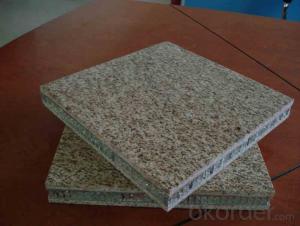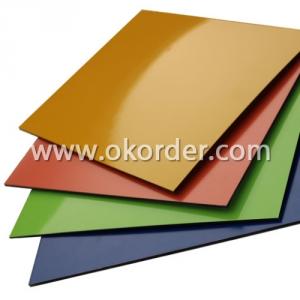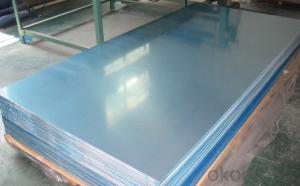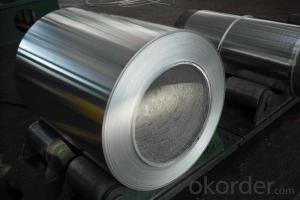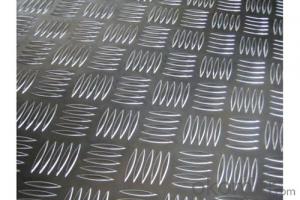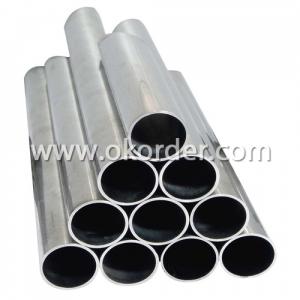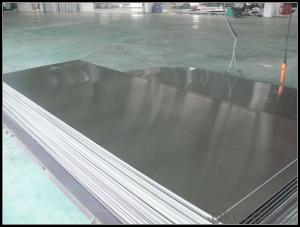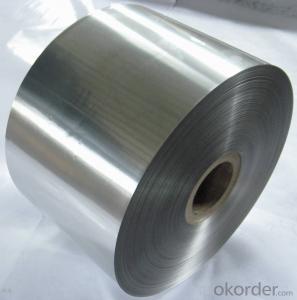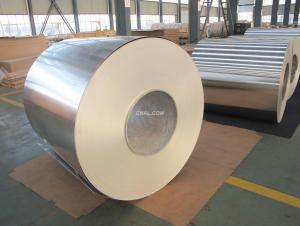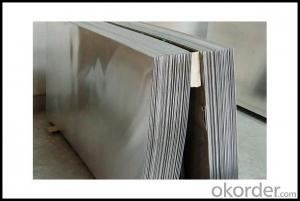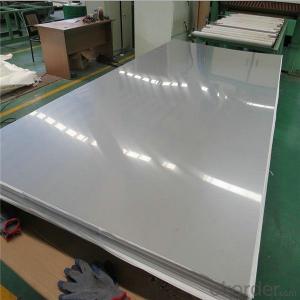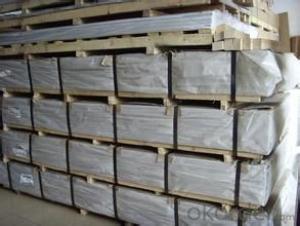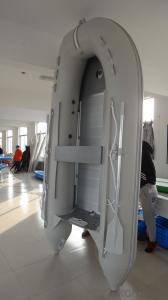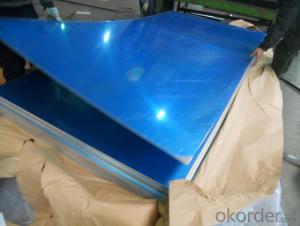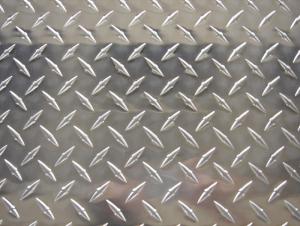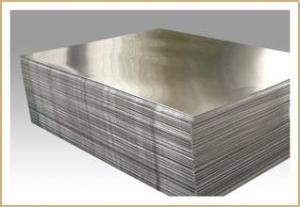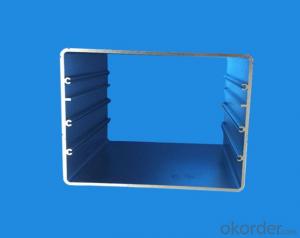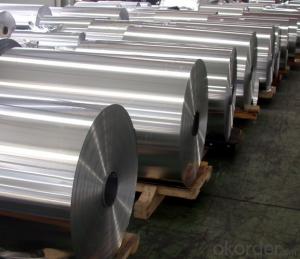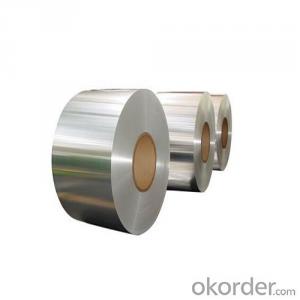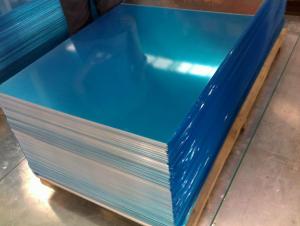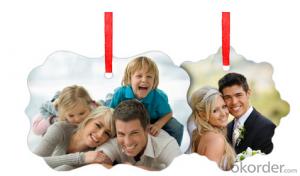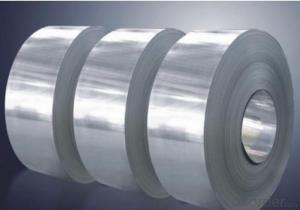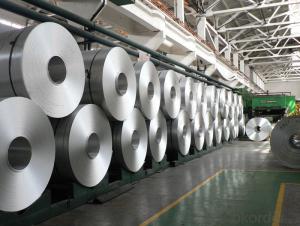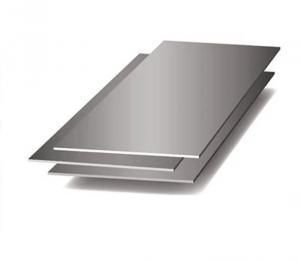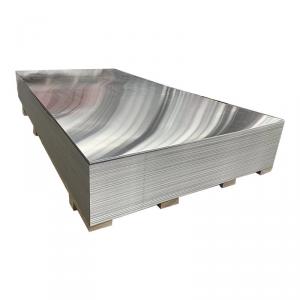1 8 Aluminum Plate
1 8 Aluminum Plate Related Searches
1 8 Inch Aluminum Plate 1 8 Thick Aluminum Plate Aluminum Plate 1 8 Thick 1 8 In Aluminum Plate 1 8 Aluminum Diamond Plate 1 8 Inch Thick Aluminum Plate 5 8 Aluminum Plate Aluminum 1/8 Plate 8 Inch Aluminum Plate Bending 1 8 Aluminum Plate 1/8 Aluminum Plate 1 8 Aluminum Checker Plate Aluminum Plate 1/8 1/8 Inch Aluminum Plate 3 8 Aluminum Plate 1 8 Inch Aluminum Diamond Plate 1/8 Thick Aluminum Plate Aluminum Plate 1/8 Thick 3 8 Inch Aluminum Plate 1 8 Inch Diamond Plate Aluminum 3 8 Thick Aluminum Plate 1 8 Aluminum Plate Weight 1/8 Inch Thick Aluminum Plate 1 4 Aluminum Plate 4x8 1 8 Aluminum Plate Home Depot 3 8 In Aluminum Plate 3 8 Inch Thick Aluminum Plate 1 8 Black Aluminum Diamond Plate 12 X 12 X 1/8 Aluminum Plate 1 8 Diamond Plate Aluminum Sheet1 8 Aluminum Plate Supplier & Manufacturer from China
1 8 Aluminum Plate is a versatile product that is widely used in various industries due to its excellent properties such as high strength, corrosion resistance, and lightweight. This type of aluminum plate is commonly utilized in the manufacturing of aircraft components, automotive parts, and construction materials, among other applications. Known for its durability and ability to withstand harsh environmental conditions, 1 8 Aluminum Plate has become a popular choice for many businesses and industries.The 1 8 Aluminum Plate is often employed in scenarios where lightweight yet strong materials are required. For instance, in the aerospace industry, it is used to construct aircraft wings and fuselage due to its high strength-to-weight ratio. Similarly, in the automotive sector, it is used to manufacture car bodies and engine components to reduce the overall weight of the vehicle, thereby improving fuel efficiency. In construction, 1 8 Aluminum Plate is used for roofing, siding, and structural components due to its resistance to corrosion and weathering.
Okorder.com is a leading wholesale supplier of 1 8 Aluminum Plate, boasting a large inventory to cater to the diverse needs of customers across different industries. With a commitment to providing high-quality products at competitive prices, Okorder.com ensures that businesses have access to the materials they require to manufacture their products efficiently and cost-effectively. By partnering with Okorder.com, customers can benefit from a reliable source of 1 8 Aluminum Plate, enabling them to focus on their core business operations without worrying about the procurement of essential materials.
Hot Products


